Canyon’s new Grail gravel bike comes with a radical bar design
Handlebar designed to increase flex when riding on the tops, rigidity in the drops
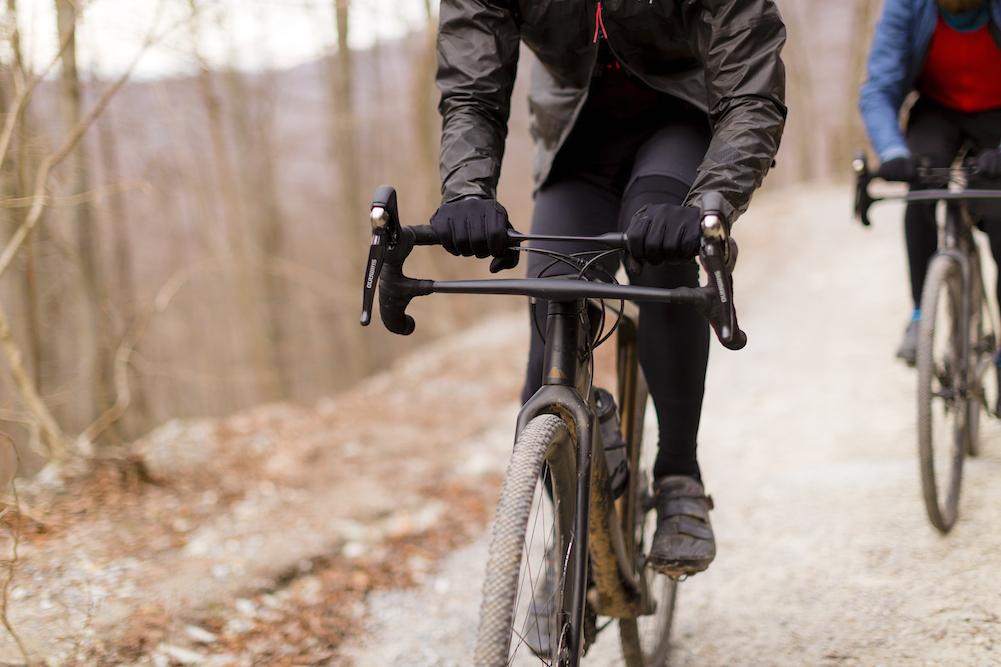

The most striking feature of the Canyon Grail, launched today, is its bar. Riding over uneven surfaces is more comfortable if there’s some bump adsorption in the front end and in the saddle, and most of the time you will be riding on the tops or the hoods.
But there’s a paradox, as the bar tops are most closely connected to the stem and to the rest of the bike and so are their least flexible part. On the other hand, the drops, where precision is most important, as you are normally riding faster, are the least rigid part of the bar.
So Canyon has turned things around in the Grail. The all-carbon one-piece bar is connected to the steerer in the drops, while the tops are suspended above. This, Canyon says, adds about seven times the flex of a conventional set-up, increasing bar comfort on longer rides on rough surfaces. Canyon calls this its Hover System.
The connection from the drops to the stem makes the bar more rigid here, for more precise descending and fast riding. There’s a 7.5 degree flare to the bars, which starts below the levers, so that they are mounted vertically rather than being angled outwards. Canyon says that this improves ergonomics and comfort too. There are no round profiles anywhere in the bar: the tops are flat and the drops D-shaped to aid grip and pressure relief.
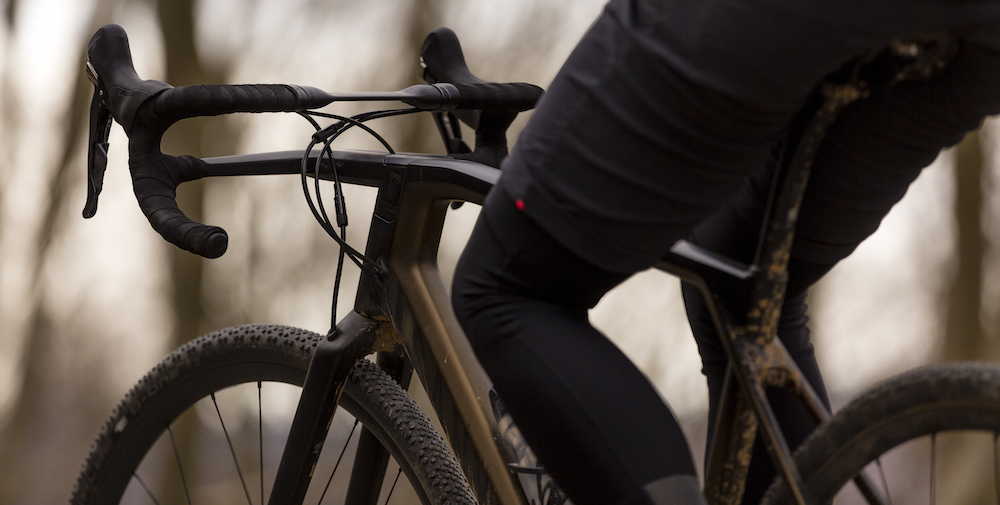
The design of the bar also means that the stem merges very cleanly into the top tube. Canyon says that, although its bikes are designed to be most ergonomic with spacers under the stem, people love the pro look of a slammed stem, even though this makes the ride less comfortable.
If you do want a lower position, there’s a 15mm spacer below the stem on the Grail, although you will spoil the front-end aesthetics if you put it above the stem.
Here's Canyon's launch video:
The latest race content, interviews, features, reviews and expert buying guides, direct to your inbox!
Although it looks as if you’re getting a long stem on the Grail, Canyon says that the effective stem length to the bar tops is between 60mm and 105mm, dependent on frame size. There is a gradation in bar width too, as well as crank length, over the seven sizes available.
Canyon has a custom out-front mount to fit its Grail cockpit, with the computer angled up slightly for easier viewing. It says that the Hover System design adds around 120g over a conventional bar.
Not just the bars
At the back, Canyon has included its proven VCLS 2.0 carbon split seatpost, as found on the Endurace, to help keep your rear end more comfortable. It’s clamped below the top of the seat tube, by up to up to 110mm on the largest sizes, which also aids vertical deflection. There’s a seal at the top of the seat tube to keep water out.
Canyon has also worked with Schwalbe to develop a new 40mm tubeless tyre, named the G-One Bite, which provides a good mix of off-road ability with fast on-road performance. The tread pattern is a mix of small, closely spaced round knobs on the tyre’s crown and higher, more spaced-out knobs on the sides. The former ensures that the tyre rolls fast on road, while the latter adds traction when it gets muddy.
The tyre is meshed with tubeless-ready carbon or alloy rims from Reynolds or DT Swiss, with 22mm or 23mm internal width.
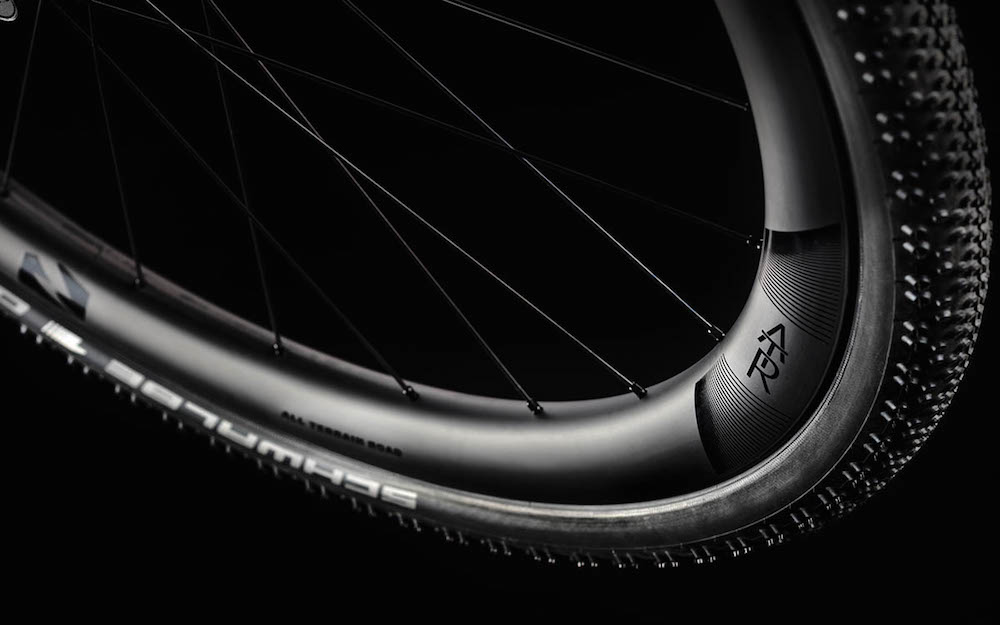
The Grail’s effective reach and stack make it around 10mm more aggressive than an Endurace. There’s a long wheelbase for stability, whereas the short effective stem length helps keep the bike agile. The frame and fork have plenty of clearance, so they should cope with mud build-up. There are other off-road features, like an internal stop to prevent the bar from pivoting into the top tube in a crash, lowering the risk of damage to your frame.
As with Canyon’s other recent bikes, including its women’s range and Inflite CF, the smallest 2XS and XS sized Grails come with 650B wheels, rather than 700C. This allows Canyon to keep similar geometry and riding characteristics across the range and avoid toe overlap.
Canyon quotes a frame weight of 830g for a size medium frame in its top SLX carbon.
Where the Canyon Grail fits in
Canyon sees the new Grail as an important addition to its range. On the tarmac side, it has the Ultimate, Aeroad and Speedmax as race bikes and the Endurace as its endurance machine.
>>> Canyon bikes: 2018 range explained
It released the Inflite CF as its off-road race drop bar bike in Summer 2017, so the Grail fills the niche for an off-road endurance machine.
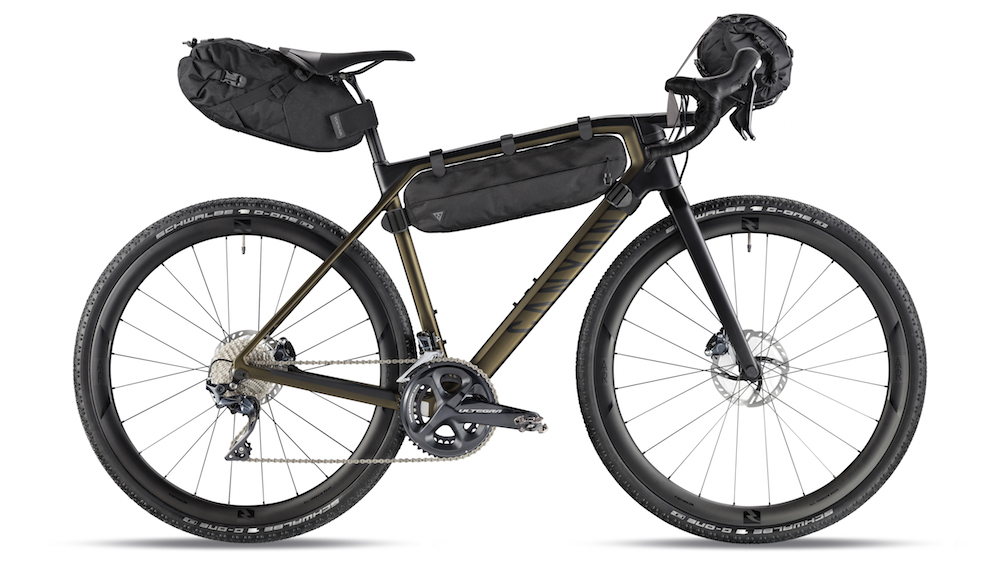
To back up its endurance potential, Canyon has teamed up with Topeak to sell a complete set of bikepacking bags, including a bar bag developed especially to work with the bike’s Hover System bar. And the Grail ships with tough 3M protective strips, which you can position on the frame to stop your bags’ straps spoiling your paintwork.
Riding the Canyon Grail
We went out to the south of France to ride the Grail at the launch event – not as we had hoped in warm sunshine, but perpetual rain and temperatures around 5C.
Although the weather was a let-down, there was plenty of gravel and climbing on offer, as we headed into the hills behind Cannes. Canyon has kitted out the entire Grail range with Shimano double ring groupsets. In our case we rode Ultegra Di2 with a 50/34 chainset and 11-34 cassette, providing a 1:1 lowest ratio, which was ideal for slip-free off-road seated climbing on wet gravel. The tyres coped well on the ups and the more gritty downs, although they felt slightly sketchy on more muddy descents.
>>> Best gravel bikes for your adventures in 2018
It’s fair to say that off-road conditions in the south of France aren’t like the usual muddy bridleways you get in the UK. It will be interesting to see how the tyres fare in more claggy conditions. Other Schwalbe G-One tyres we’ve ridden have had a tendency for the tread to clog, although we got on better on the 30mm G-One Speed tyres fitted to the Mason Definition 2 which we tested recently.
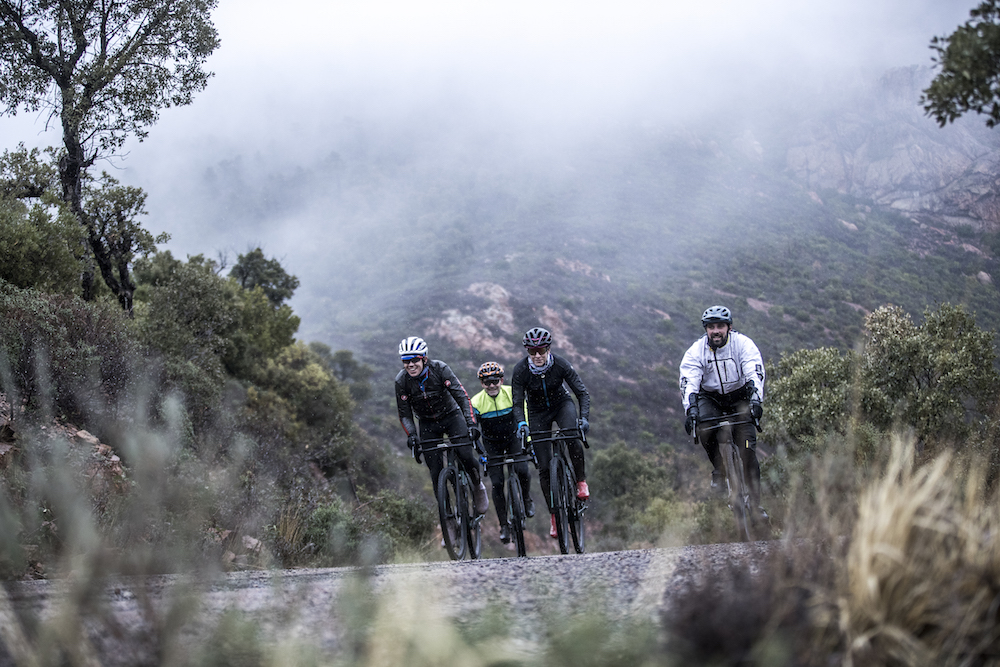
Canyon’s bar and seatpost did feel as if they helped take some of the buzz out of bumpy off-road, leaving us feeling that bit less bashed around than normal after such a ride. the flex in the bar isn’t enough to feel the bar moving vertically as you ride though, it just makes it that bit more compliant. The bar attachment in the drops worked really well for us too. You can hook your thumbs over it to keep your hands more stable and comfortable on faster descents.
>>> Nine reasons why Nice is the best location for your next cycling trip
We rode in the rain for over three hours of ups and downs on gravel paths and sketchy tarmac – the latter much like typical UK road surfaces. When we did eventually hit a more level major road, it was time to push on a bit. The bike didn’t disappoint when ridden faster; it felt lively and happy to hum along towards the top end of its gear range.
Prices and specs
Canyon will sell the Grail in the top spec CF SLX 8.0 version which we rode, as well as a series of lower priced CF SL carbon models. For the 2019 model year, they will be joined by an alloy Grail. This will not have the expensive carbon cockpit, but it will come with mudguard and rack mounts, which are absent on the carbon frames. Canyon says that it will consider adding single ring groupset options too in 2019.
For more info on the Grail range from Canyon's site, click here.
The range-topping Grail CF SLX 8.0 frameset will be available in the Shimano Ultegra Di2 build which we rode at the launch, with Reynolds Assault ATR Disc carbon wheels, priced at £4199. Canyon quotes a weight of 8.22kg.
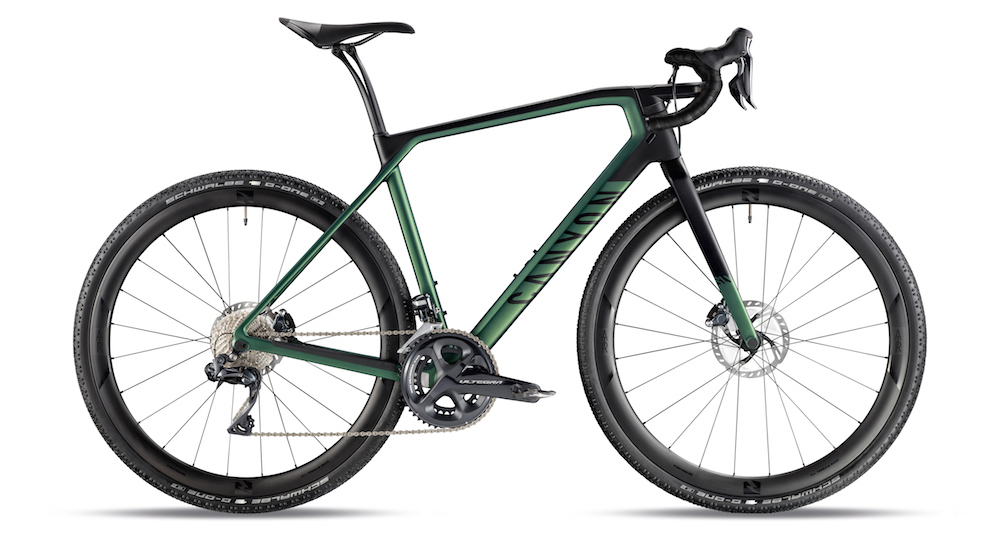
The other 2018 builds will use the CF SL frameset, which increases the frame weight from the SLX’s 830g to 1040g for a size Medium.
The CF SL 8.0 SL with mechanical Ultegra and Reynolds Assault ATR Disc carbon wheels is priced at £3249, while the CF SL8.0 Di2 with an Ultegra Di2 groupset and DT Swiss C1800 alloy wheels will cost £2999.
>>> What is a supercompact chainset and do you need one?
Next down is the £2349 Grail CF SL 8.0, kitted out with mechanical Ultegra and DT Swiss C1800 wheels.
The range starts out at £1999 with the Grail CF SL 7.0 and CF SL 7.0 WMN, both with Shimano 105 disc groupset and DT Swiss C1800 wheels. You don’t get quite the gear range from 105 though, with the cassette going up to 32 teeth maximum. The bike's weight increases to a still competitive 8.6kg.
Paul started writing for Cycling Weekly in 2015, covering cycling tech, new bikes and product testing. Since then, he’s reviewed hundreds of bikes and thousands of other pieces of cycling equipment for the magazine and the Cycling Weekly website.
He’s been cycling for a lot longer than that though and his travels by bike have taken him all around Europe and to California. He’s been riding gravel since before gravel bikes existed too, riding a cyclocross bike through the Chilterns and along the South Downs.
